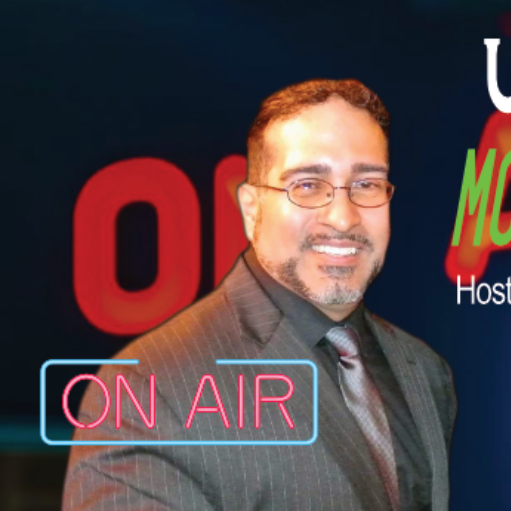YouTube can provide endless entertainment, with opportunities for just about everyone to find something that piques their interest.
Still, the video network has faced criticism on many key issues. Many have raised questions about how the site prevents inappropriate content, as well as whether videos posted on the site help spread misinformation.
💵💰Don’t miss the move: Subscribe to TheStreet’s free daily newsletter 💰💵
Other concerns have emerged regarding where YouTube’s moderation efforts cross the line into censorship or suppressing viewpoints, and controversy over whether YouTube should be doing more or less to control the content that appears on its platform.
All of these are complicated questions that provoke many differences of opinion.
Now, however, YouTube has finally taken decisive action to address one aspect of its platform that many have identified as a key problem.
The change will go into effect on July 22, 2025, and while not everyone is happy about it, there is a very solid argument to be made that YouTube is doing the right thing with this new policy.
 YouTube has changed an important guideline for live streamers.
YouTube has changed an important guideline for live streamers.
Image source: Shutterstock
YouTube makes an important – and long-awaited – change
YouTube has made the decision that it will raise the minimum age for live streamers on the platform from 13 to 16. Under the new rules, the only way that teens ages 13 to 15 will be allowed to appear on YouTube livestreams is if there is an adult visibly present within the video.
If an underage user posts a live chat without an adult present, YouTube may remove the content.
Related: TSA confirms, new Apple tech will be a game-changer for travelers
Teens will also be allowed to go live on their own channels only if an adult has been added as the manager of the channel, starts the stream via the Live Control Room on YouTube, and remains actively present on the camera during the entire stream.
These changes are a part of the company’s ongoing efforts to protect minors from exploitation.
The new policy also follows efforts early in the year to weed out people who lie about their age to post content, including the use of machine learning that is designed to catch people who misrepresent thier age when posting.
This change has been a long time coming
YouTube has more than 2.7 billion monthly active users, and more than a billion hours of YouTube are watched every single day. With so many audience members, it’s probably not surprising that young people look up to their favorite YouTubers the way people used to idolize celebrities or sports players.
Related: TSA says this cell phone is banned from all US planes
The big difference is that just about anyone can start uploading videos on YouTube – and many people want to try. In fact, as many as 57% of Gen Zers want to be influencers, according to a 2023 Morning Consult Study.
They aren’t alone, either. A total of 41% of all adults surveyed said they’d love to have an influencing career.
Unfortunately, while young people may be in love with the idea of making money by publishing YouTube videos, the reality is that it may not be good for their mental health. That’s because studies have shown that the more time spent on social media, the greater the potential problems, including increased anxiety and depression, body image issues, and cyberbullying.
More Retail:
- Costco quietly plans to offer a convenient service for customers
- T-Mobile pulls the plug on generous offer, angering customers
- Kellogg sounds alarm on unexpected shift in customer behavior
So while creators might not be happy about the fact that they face new limits on YouTube content posting, the reality is that there are good reasons for the company to finally protect those who may not yet understand all the consequences of their posts.
Related: Veteran fund manager unveils eye-popping S&P 500 forecast
